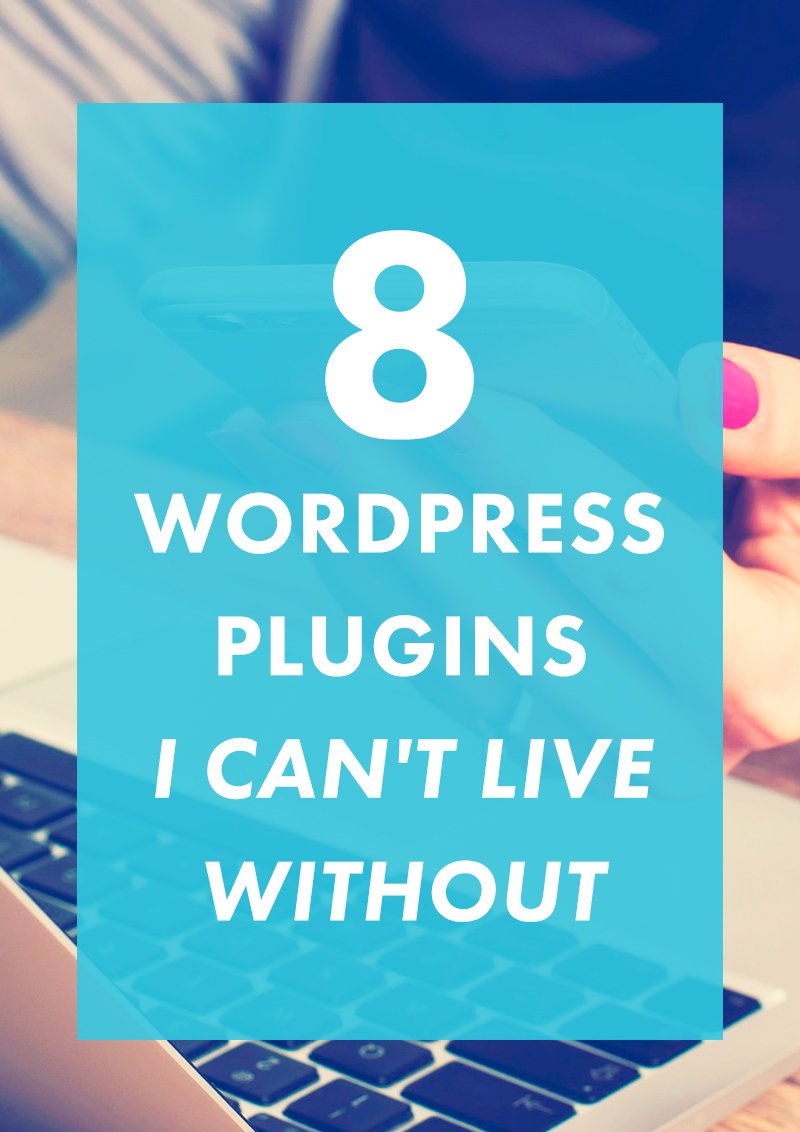Is the sector’s maximum popular content management device riddled with holes, exploits, and vulnerabilities? And what may be executed to trade that? SC’s Davey Winder reports…
The CMS is regularly no longer updated in how it has to be by way of users.
Presso Graphy
The CMS is frequently no longer updated in the way it must be with users’ aid.
According to the IBM X-Force crew’s cutting-edge information, the motives that WordPress sites are so open to assault aren’t exactly rocket science.
The WordPress platform pretty much dominates the content control gadget (CMS) driven net development market. The contemporary figures endorse it has a 60 percent proportion.
Cyber-criminals looking to host malicious content are attracted to valid websites, particularly those that have been around for a while. WordPress often affords the entry factor, or greater correctly, susceptible and unpatched plugins do.

In keeping with IBM X-Force, there have been 238 releases of WordPress considering that May 2003, lots of which addressed security issues. Yet five percent of sites had not longer updated to the contemporary model despite the previous variations having vulnerabilities being exploited in the wild. Despite WordPress having an automatic middle update facility by way of default, it is frequently turned off by way of website developers concerned it could impact custom plugins and designs.
X-Force observed that 68 percent of compromised hosts ran WordPress versions much less than six months vintage; however, the simplest forty percent was a model much less than 30 days old.
SC Media UK asked protection experts and a well-established net developer about WordPress being a conduit to compromise and how that is probably modified.
Related Posts :
- Why the Cryptocurrency World Is Watching South Korea
- WordPress plugin that turns blog posts into audio
- Cox is the latest ISP to expand broadband data caps.
- A Houston home security company has the ear of Amazon’s Alexa.
- Darknet 101: Your guide to the badlands of the internet
Jeffrey Tang, the senior protection researcher at Cylance, informed SC Media UK that “as long as companies deal with IT as a cost center in preference to an operation’s investment, we’re going to keep to look unpatched CMS installations because the fees and danger of going for walks a prone web site are not certainly described.”
Ian Trump, head of safety at ZoneFox, is not pointing the finger of blame everywhere, particularly on this occasion. “It’s now not that WordPress, Drupal, or anybody of a dozen or more CMS are inherently terrible,” Trump informed us, “but putting in a cozy web server and maintaining it comfortably is a distinctive art form than honestly securing a file and print server within the firewall.” In well well-known, Trump explains that record and print and active listing servers do not face the full fury of the Internet; “but content management structures hosting web sites do and their assault surface is tremendous.”
Mark Weir, local director for UK&I at Fortinet, consents, telling SC, “what this comes down to is making the pleasant picks and imposing the great practices you can in the constraints of your business.” If businesses go down WordPress Avenue, they need to don’t forget to use an internet host to understand WordPress and/or dedicated WordPress tracking services. “If they could host any CMS themselves or on a public cloud carrier,” Weir concludes, “that means they get entire control of the server and allow them to cope with permissions in the proper manner as opposed to the use of insecure workarounds.”
Meanwhile, Giovanni Vigna, CTO at Lastline, thinks that the most important trouble is with the “long tail of internet websites that obtain sporadic upkeep” and then become “top targets for cyber-criminals as they have been around.












